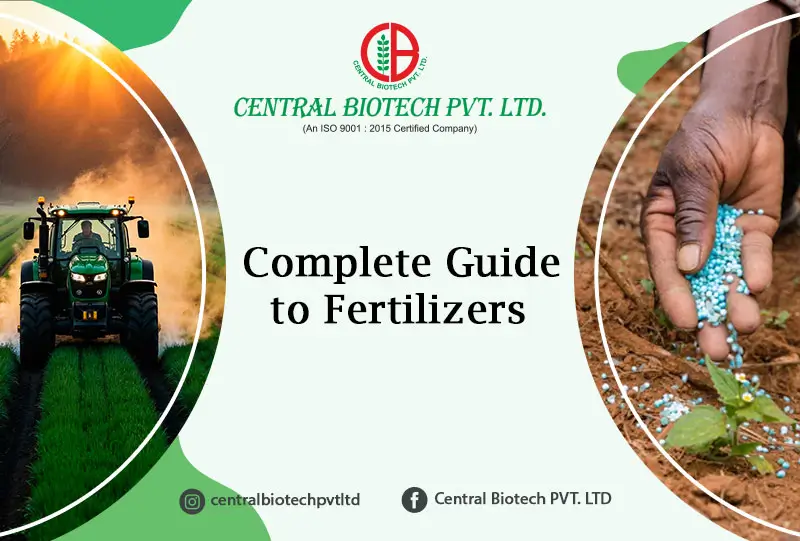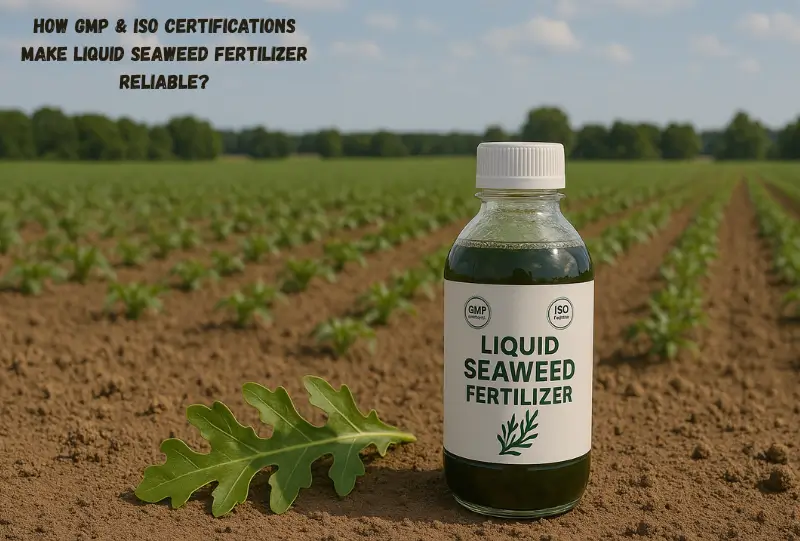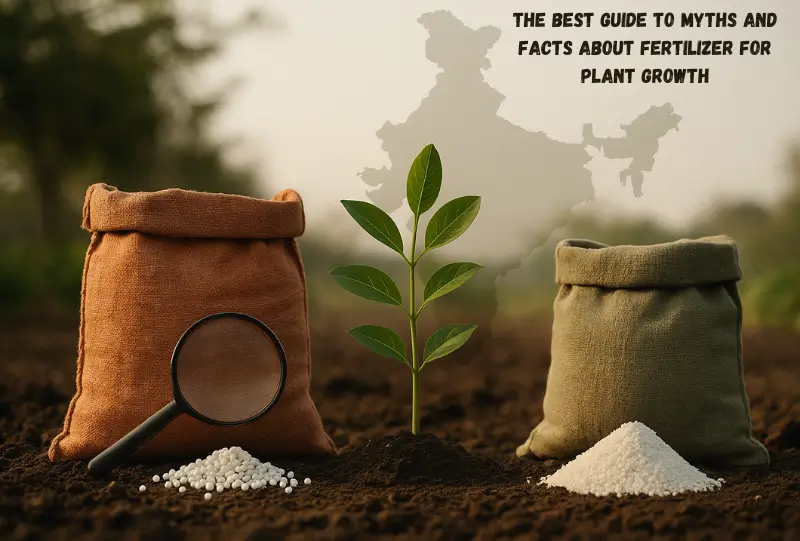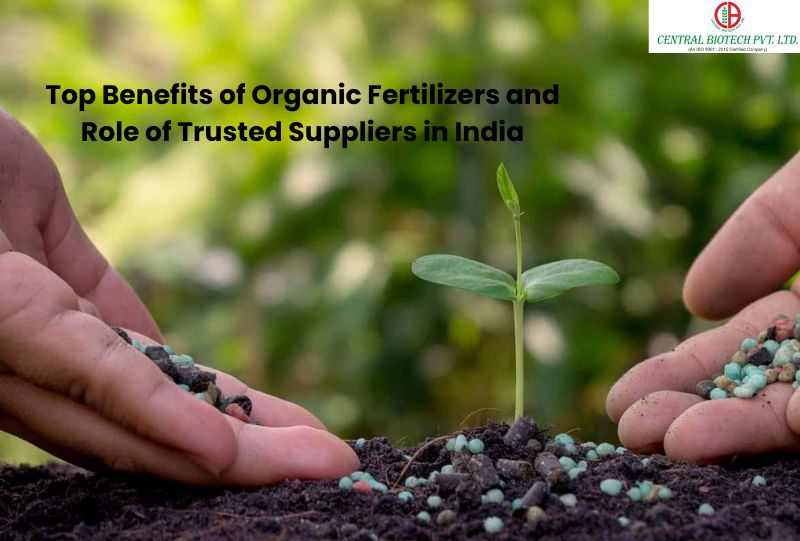When it comes to healthy plants, soil and sunlight alone aren’t always enough to get the expected results. Just like we need nutritious food to grow strong, plants need the right set of nutrients to thrive. That’s where fertilizers come in. From flowering balconies to large farmlands, fertilizers play a key role in helping plants grow better, faster, and healthier.
But are all fertilizers the same? Obviously, NO, some support plant growth, others fix deficiencies, and many improve resistance to pests and weather. This comprehensive guide is written to walk you through the different types of fertilizers, what they do, and when to use them.
Let’s Understand Types of Fertilizers and Use
Before we jump into the types, let’s understand what fertilizers actually are.
Fertilizers are substances that add nutrients to the soil or directly to plants. They give your plants the needed extra boost, which helps them grow stronger, greener, and more productive.
Some fertilizers are natural, aka organic, made from things like seaweed or compost. Others are chemical-based, made in factories to target specific plant needs. Today, many modern products even combine natural and chemical ingredients to offer the best of both worlds.
Now let’s explore the different types of fertilizers and what comes with them, which are commonly used in homes, gardens, and farms.
1. Liquid Organic Fertilizers - Natural Boost in a Bottle
Think of this like an energy drink for crops. Made from natural materials like seaweed, compost, or plants, these fertilizers are mixed with water and sprayed on crops.
Since they’re in liquid form, plants absorb them quickly, especially useful when your crops look dull or stressed after too much heat or pest attacks. They not only boost the crop but also improve the soil over time.
2. Plant Growth Stimulants - For Faster and Healthier Growth
These aren’t fertilizers exactly, but they give your crops a good push. They help roots grow better, plants grow taller, and leaves become greener.
Use them when transplanting saplings or if your crop isn’t growing well because of weather or pest stress. Farmers often mix them with regular fertilizers for best results.
3. Fertilizer for Flowering Plants - More Blooms, Brighter Colors
If you grow crops like chillies, tomatoes, or cotton, you know flowers are important for fruit. These fertilizers help plants produce more flowers and stop them from falling off.
They’re rich in phosphorus and potassium, which are key for flowering. More flowers mean more harvest and better income.
4. Chelated Micronutrient Fertilizers - Small Nutrients, Big Impact
Nutrients like zinc, iron, and boron are needed in small amounts, but missing them can cause yellow leaves or poor growth.
Chelated micronutrient fertilizers make sure these tiny elements are available to the plant, even in poor soil. They work fast and help crops recover quickly from hidden deficiencies.
5. Organic Potash Fertilizer - Strength and Resistance for Plants
Potash (potassium) gives strength to your crops. It helps in water control, makes stems stronger, and increases disease resistance.
Organic potash is natural, safe, and good for long-term soil health. Banana, sugarcane, and vegetables benefit the most from this.
6. Organic Fertilizers, Biofertilizers & Biofungicides - Nature’s Trio
These three are a perfect combo. Organic fertilizers feed the soil, biofertilizers add good bacteria that help plants absorb nutrients, and biofungicides protect roots from harmful fungi.
This natural method is ideal if you want healthy soil and fewer chemicals. You need a genuine organic fertilizer manufacturer in India, like Central Biotech, who understands how Indian soil works.
7. Secondary Nutrient Fertilizers - The Forgotten Essentials
Besides NPK, plants also need calcium, magnesium, and sulfur. These are called secondary nutrients. If your crops are underperforming even with regular fertilizer, they might be missing these.
They’re very important for crops like groundnut, sugarcane, and cotton. Adding them helps with better crop quality and stronger stress resistance.
8. Technical Spreader - Helps Fertilizers Work Better
This isn’t a fertilizer, but it makes fertilizers and pesticides work better. When added to your spray, it helps the liquid stick well to the leaves, especially on waxy crops like paddy, banana, or maize.
That means less wastage and better absorption. You save money, and the crop benefits more.
9. Chemical Pesticides - For Tough Plant Problems
Sometimes, despite all care, pests attack the crop badly. Chemical pesticides act quickly to save the plant. Today’s pesticides are more specific and safe if used correctly.
They should be used only when really needed, and in rotation with other methods, as part of integrated pest management.
Also read: How to Choose the Right Organic Fertilizer Manufacturer in India?
10. Water Soluble NPK Fertilizers - Instant Food for Plants
These dissolve completely in water and are applied using drip irrigation or sprays. They deliver NPK nutrients fast and effectively, depending on the crop stage, whether it’s growing leaves, flowers, or fruits.
They're very useful in greenhouses and also in open fields. Many Indian farmers trust water-soluble NPK products from Central Biotech for regular, balanced crop nutrition.
Final Thoughts
Choosing the right fertilizer is never just about adding nutrients. It’s about knowing what your soil lacks and what your crop demands. Whether it’s chelated micronutrients for faster absorption, potash for fruit quality, or organic inputs for long-term soil health. Each product has its role.
With a wide product range from trusted companies like Central Biotech, an organic fertilizer supplier. Farmers today can access ready-to-use solutions that match Indian soil conditions and crop cycles. The right fertilizer at the right time ensures better yield, healthier crops, and more profit from every acre.








